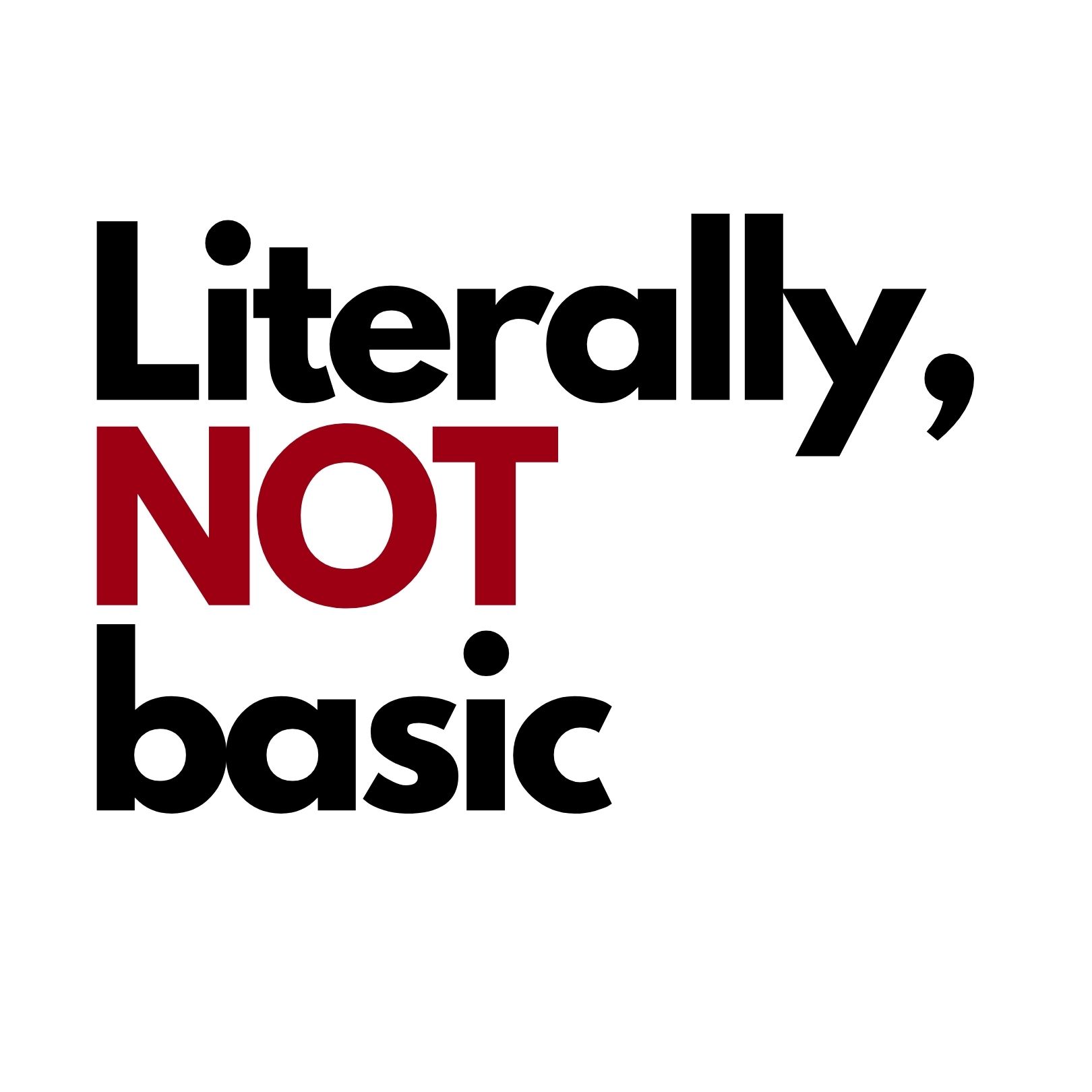In the retail world, a brand’s website faces the challenge of striking a crucial balance. It needs to effectively tell the brand’s story while also maximizing e-commerce revenue through a seamless product discovery and checkout experience.
Yet, many brands struggle to achieve both. Fashion e-commerce sites often lean too far in one direction. Visually rich graphics, immersive videos, and storytelling can captivate customers and foster emotional connections, but they can also frustrate those simply looking for a quick purchase—like finding the perfect dress for an event. On the flip side, if a site focuses too much on efficiency, it risks feeling like a cold, transactional platform, losing the essence of the brand’s identity.
Tammy Smulders, CEO of creative agency Trends & Culture, which works with brands like Bottega Veneta, Off-White, and Ganni, says it best: “The website needs to tell the brand story and bring people into the world of the brand. But at the same time, for most brands, the website is their single biggest store.” In other words, a website must act as both a storytelling platform and a commercial powerhouse.
The shift in digital behavior complicates this further. Websites are no longer the first touchpoint in a customer’s journey; that’s now happening on social media for better or for worse i guess? Many consumers discover brands on Instagram or TikTok and only visit the website after engaging with the brand elsewhere. For many, the website is where they complete their journey and make a purchase.
Increasingly, shoppers land on product pages directly from Google searches or social media links, bypassing the homepage entirely. Smulders notes that only about 20% of visitors actually start at a brand’s homepage, though more established brands can see that number rise to 50%. This means the product page often becomes the first (and sometimes only) touchpoint with the brand, making it a crucial factor in the decision to buy.
In 2023, online apparel sales in the U.S. accounted for 38% of total sales, up from 27% in 2019, according to Euromonitor. This trend is even stronger in parts of Asia, highlighting the growing importance of e-commerce.
Yet, despite the clear need for a strong online presence, many brands still fall short. Research from the Baymard Institute shows that 94% of e-commerce sites fail in at least one of five critical areas, such as search functionality and product page usability. Even the remaining 6% can’t afford to be complacent; web design and user experience evolve quickly, with best practices losing relevance in three years and needing a complete overhaul every five.
The homepage needs to be so ENTICING that the customer actually stays on the website and does not just bounce to never come back again. So many times someone would spot a product say on Instagram, be excited about it, check out the brand’s website and get turned off. Something….was just WRONG and NOT working., maybe it’s the tone of the ‘voice’, maybe its the price point?? Maybe the description was off…
Social proof: not sure why but so many start ups under estimate this! Listen, NOBODY knows about you, nobody knows what you can deliver, nobody knows the quality that you produce. You have to show them. Pay one influencer to make some content with your product and publish it everywhere , that is of course if they loved it. If they did not- go back to the research stage. SHOW what your brand is capable of! Reviews are important, they create trust and people are not as worried about giving you their money if they know what they are getting.
Speed of the website- invest into this . This is crazy important. Nobody has patience these days to wait 7 seconds for your site to load.
Market research- do you actually KNOW who your client is ? Many start ups try to sell to everyone. That approach never works.
Fonts and letter size- if the site is impossible to read or is hard on the eyes, not many are gonna stay…
Product photography and the right models- if you cater to the high end segment, you need to elevate your website to that high end level or you are not gonna be trusted by the customer you are chasing. And when it comes to models, the right model can break or make your brand . Why do you think brands pay so much for the specific models to be the face of their campaigns ? Know your target audience …it will make your journey so much easier !






